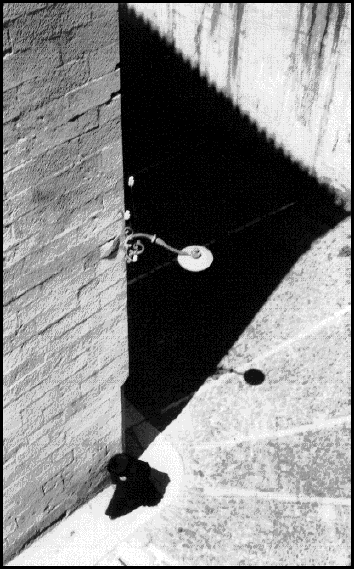Building Images
Olivier Beer
Sharon Grevet,
Translator
(Getty Publications)

The architect prided himself on the starkness of his structures, and it is no accident that his followers created the style now known as New Brutalism, the words being a perfect description of its spirit. These merciless structures adorn the downtown areas of all too many cities in the United States and abroad, where planners and builders --- those who had fallen under the spell of "Le Corbu" --- had opportunity to tear down the decorative architecture of the past and construct faceless buildings and artless parking garages in their place.
It is, I suppose, all a matter of taste, but it is passing strange to this critic that the Getty would deliver to the world such a heartless tome, pretending that it is art when it is nothing but a degradation of the human spirit. Over the years, Hervé was well rewarded for his unpleasant renderings. He published ten books and every work on Le Corbusier included his photographs. Between 1966 and 1999, fifteen exhibitions of his works were mounted, each more dismal than the last.
Maybe it was the times and the fact that he (barely) survived World Wars I and II and the worst economic depression of the century. Or maybe it is the fault of being born in dreary Hungary, in a town whose name no one could possibly know or pronounce: Hódmezovásárhely. Hell, maybe he was just a natural born Middle European sourpuss.
Whatever it is, between the two of them, Le Corbusier and Hervé managed to cast a pall over mid-twentieth century life and cities --- a pall that, unfortunately, some still think of as high art.